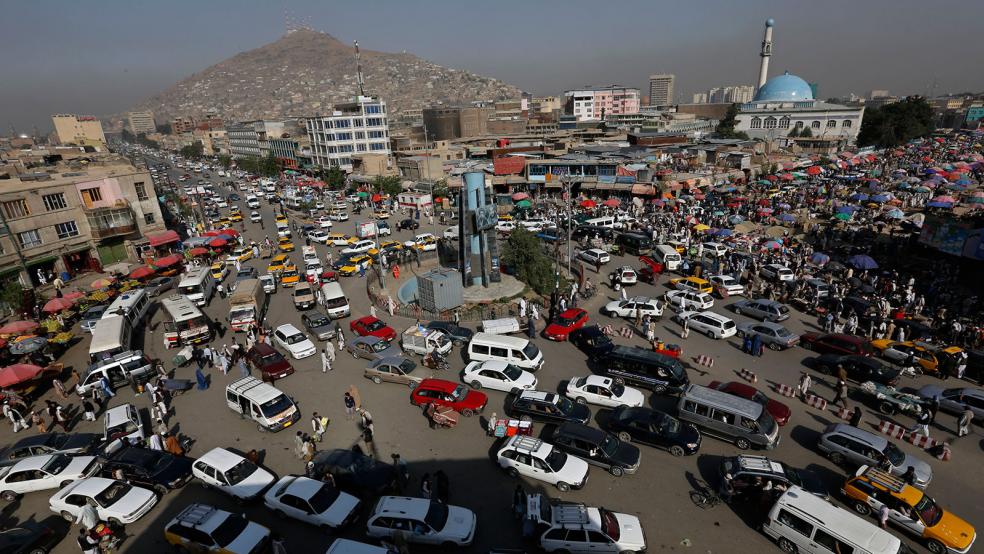The U.S. invested nearly $760 million to boost primary and secondary education in Afghanistan over 12 years but can’t figure out whether all those taxpayer dollars have had any impact, according to a new federal watchdog audit.
The U.S. Agency for International Development (USAID) and the State and Defense Departments collectively spent approximately $759.6 million on 39 education programs between fiscal years 2002 and 2014, according to an analysis released on Thursday by the Special Inspector General for Afghanistan Reconstruction (SIGAR).
Related: 7 Ways the US Screwed Up Rebuilding Afghanistan
USAID spent the most, $617.9 million, while the Pentagon dished out $141.7 million for dozens of education programs. State picked up the rest.
“While USAID had a defined strategy, DOD and State did not,” the study notes. “DOD officials stated that its primary focus was the counterinsurgency mission, and any efforts to develop Afghanistan’s education system were intended to further the counterinsurgency mission.”
Meanwhile, leaders at State told the watchdog they “recognized USAID as the primary U.S. agency implementing primary and secondary education programs and deferred to USAID for strategies related to these efforts.” But the department “does not specifically follow USAID’s strategy.”
As a result, the three agencies “have not adequately assessed their efforts to support education in Afghanistan,” according to SIGAR.
Related: U.S. Taxpayers Paid Millions for Shoddy, Unsafe Buildings in Afghanistan
For example, in 2014 USAID cited Afghan government data that showed student enrollment skyrocketed from 900,000 students in 2002 to 8 million in 2013.
However, the agency wasn’t able to prove how its specific education programs are linked to these Afghan-reported results and can’t verify whether the data is even reliable.
“Both the Afghan Ministry of Education (MOE) and independent assessments have raised significant concern that the MOE’s education data may not accurately reflect the true number of students enrolled in Afghanistan,” the audit states.
Therefore, SIGAR says, USAID “may be portraying an inaccurate picture of what its programs have contributed to the education sector in Afghanistan.”
Related: How Millions of Taxpayer Dollars Were Wasted on Afghan Mining Projects
Since SIGAR was established in 2008, the office has produced more than 200 audits, inspections, letters and reports scrutinizing how the U.S. has spent $113 billion in reconstruction funds in the war-torn country since fiscal 2002.
The new audit shines light on yet another opaque aspect of Washington’s mad dash to bring Afghanistan into the 21st Century following the fall of the Taliban government.
To try to get a better handle of how much bang U.S. taxpayers are getting for their buck, SIGAR recommends, among other things, that USAID, and its mission in Afghanistan, update its education roadmap to better define each agency’s role and increase accountability; and that when it does provide progress reports, the office should be candid about the “source and reliability of data.”
The agency agreed with the suggestions and will have a contractor “using independent evaluators conduct a sector-wide assessment of the agency’s efforts” to support Afghan education, the audit states.
The watchdog also urged the Pentagon and State to “assess the extent to which the education efforts… have led to improvements in education or increased stability in Afghanistan.”
It’s worth noting that while DOD agreed with the recommendation, State rejected it, arguing that its contribution accounted for less than 1 percent of the $760 million and that it reviews education programs individually.
“Regardless of the amount State invests, SIGAR maintains that the department should do an overall assessment of its projects,” SIGAR admonished. If State has looked at its various efforts “then the department has relevant data with which to compile those evaluations into an overall assessment.”





